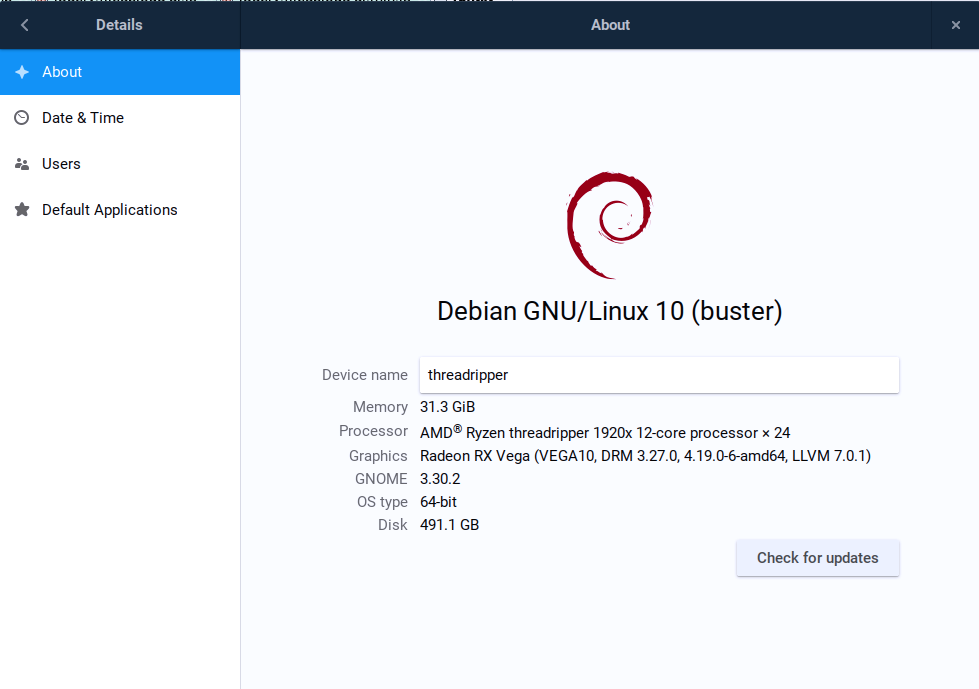

But this is not something to be very concerned about, as there are ample guides available on the internet to help users through it. While this might be an advantage for some users, it can be quite tricky for beginners. Example Release Cycle (Ubuntu Bionic Beaver) Event Date Toolchain Uploaded October 26th, 2017 Feature Definition Freeze November 30th, 2017 Alpha 1 Build Release January 11th, 2018 Alpha 2 Build Release February 1st, 2018 Feature Freeze March 1st, 2018 Beta 1 Build Release March 8th, 2018 User Interface Freeze March 22th, 2018 Documentation String Freeze March 29th, 2018 Final Beta Build Release April 5th, 2018 Linux Kernel Version Freeze April 12th, 2018 Final Release Candidate April 19th, 2018 Ubuntu 18.04 Release April 26th, 2018īoth the installers provide a graphical interface, but the Debian Installer features several more options compared to Ubiquity.

For example, the latest version is called Focal Fossa.

The releases are named according to the pattern Adjective Animal (both words must begin with the same first letter). These LTS versions reach their end of life after five years of being released. There are two versions released every year and an LTS ( Long Term Support) version once every two years. Ubuntu has a reasonably simple release cycle. While it should not be a problem on most of the devices, it is still important to know if you depend on new hardware technology often, or want the latest version of all software. One prime difference between Ubuntu and Debian is the release cycle.


 0 kommentar(er)
0 kommentar(er)
